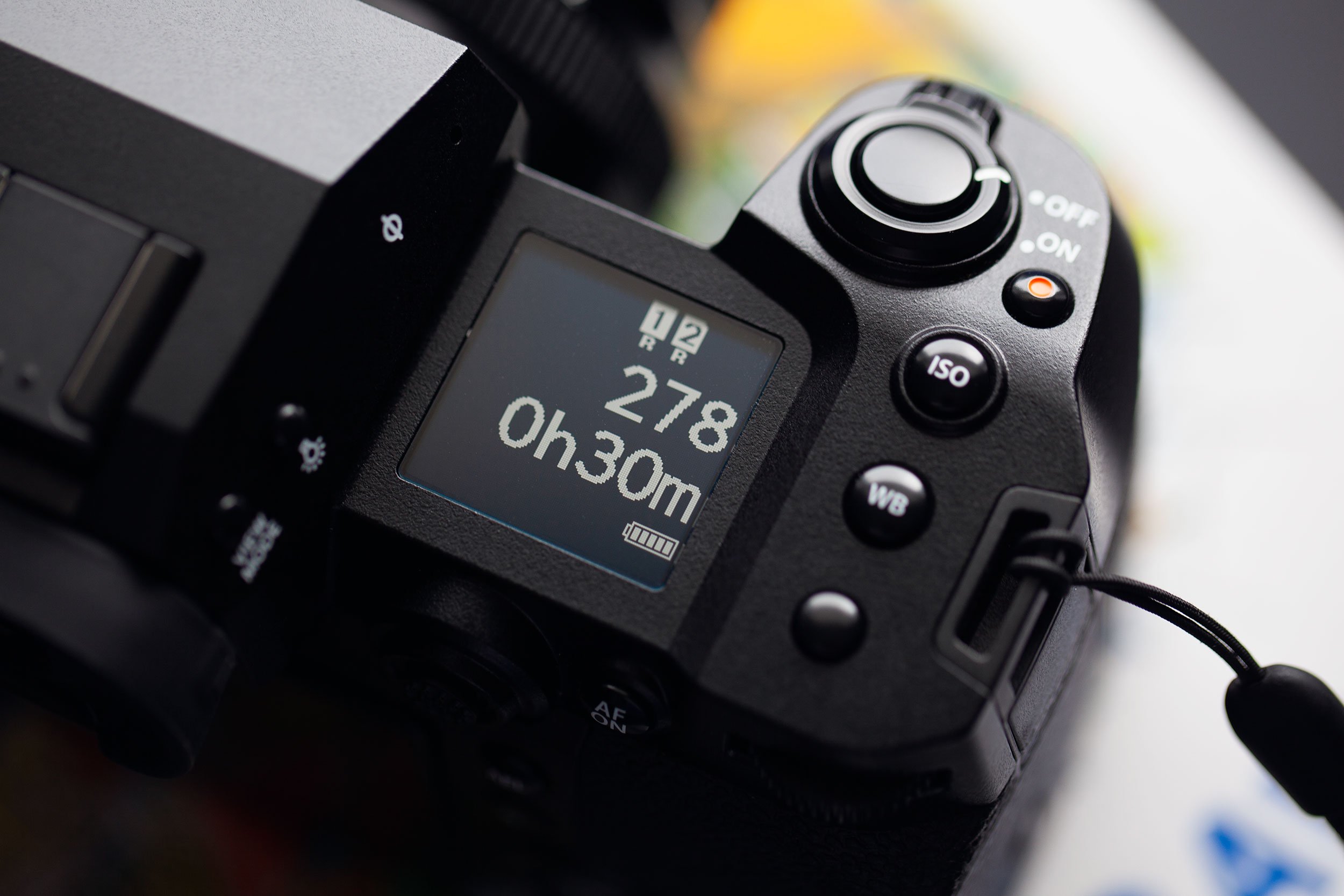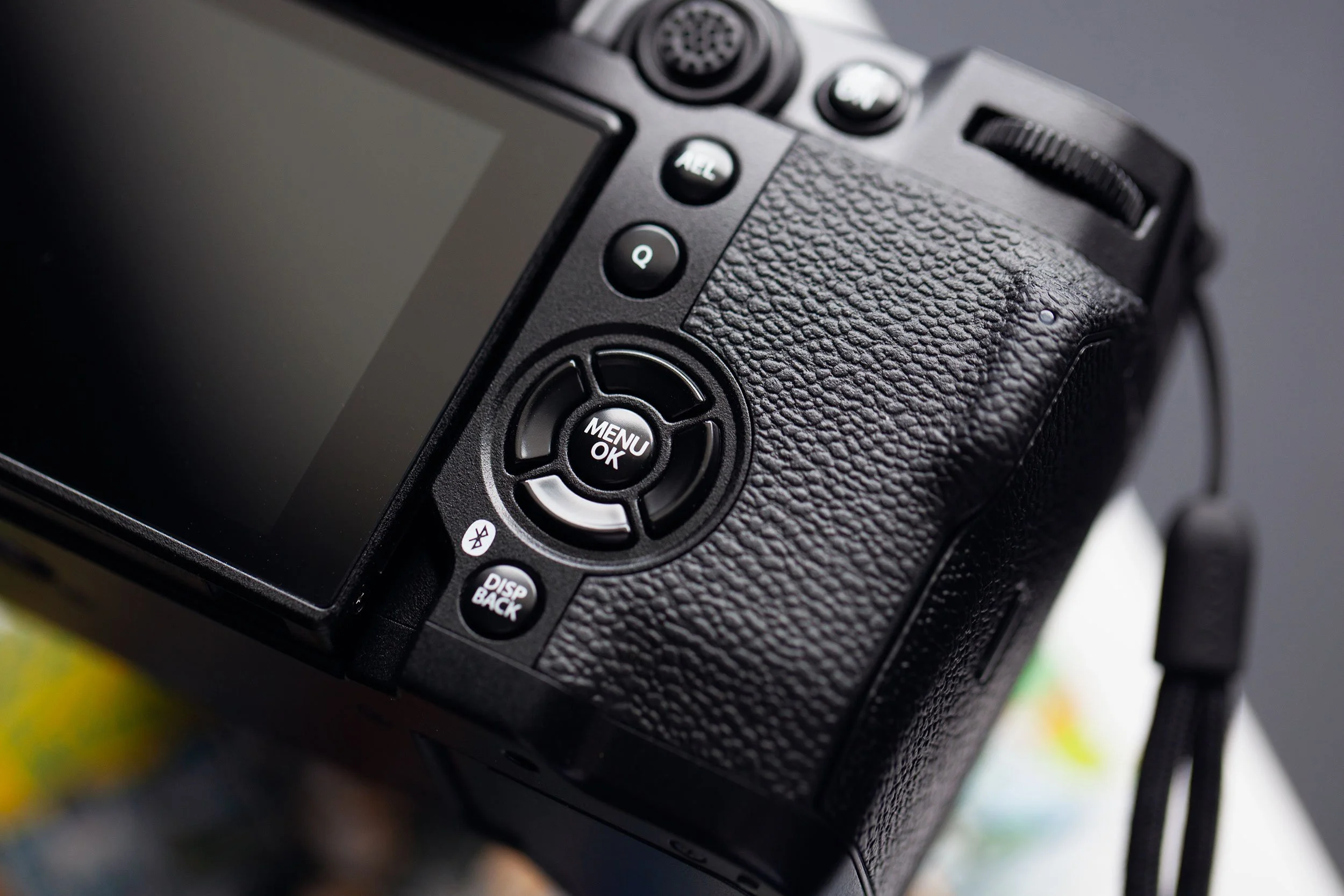Fujifilm X-H2 vs. X-E4: How Do They Compare for Travel?
Close to two years ago, I wrote a post about the Fujifilm X-E4 and why that camera was great for travel. At that time, I had been using the X-E4 for over a year and had used it on many travel destinations. Since I had moved from a two-camera setup while travelling down to using only the X-E4, I felt I had enough experience with the camera to say it was one of the best I had owned and used for my travels. There were numerous reasons why.
In December 2023, I sold the X-E4 and replaced it with the X-H2. It’s hard to say goodbye to a camera you love, one that you are attached to and still use often, but the X-E4 lacked a few features that I was looking for in a replacement, and the X-H2 seemed to fill those gaps. After trips to Spain, Scotland, and Italy, is it what I anticipated, and does it satisfy what I desire in a camera?
The Specifications (A Summary)
Regarding this summary, I’ll highlight only the most relevant features for my use. I did not use the X-E4 for video and do not plan to do so with the X-H2. I use a dedicated video device, an Osmo Pocket 3, for all my video needs.
Fujifilm X-H2
40.2 MP X-Trans CMOS 5 HR
Autofocus: 425 points phase detection with AI-based subject detection
Screen: 3.0-inch vari-angle touchscreen, 1.62M dots
Viewfinder: Electronic, 5.76M dots
Weight: 660g (with battery and memory card)
Battery Life: Approx. 680 shots per charge
Fujifilm X-E4
26.1 MP X-Trans CMOS 4
Autofocus: 425 points phase detection
Screen: 3.0-inch tilting touchscreen, 1.62M dots
Viewfinder: Electronic, 2.36M dots
Weight: 364g (with battery and memory card)
Battery Life: Approx. 380 shots per charge
Image Quality
The X-H2 has a higher resolution sensor (40.2 MP vs. 26.1 MP), translating to more detail and larger print sizes. However, if presented with a sample from the X-H2 and the X-E4, even at 100% zoom, it would be difficult for me to spot the differences between the two easily. The X-E4 was never a slouch regarding image quality, and jumping to the X-H2 was not primarily to get better-quality images. Technically, the X-H2 is better, but both cameras produce great visuals. However, the methodologies of capturing those images give the X-H2 a significant advantage. I’ll touch on that below when discussing ergonomics.
Image Size - How That Matters
How is going from 26.1 (X-E4) to 40.2 (X-H2) a factor? Larger files affect storage and workflow and require more storage space on your camera media and your intended long-term storage. I use Lightroom and anyone who also does knows that speed is not one of Lightroom’s standout features. When the X-H2 files are imported, the time to complete that task noticeably increases compared to the X-E4. Once imported, processing times also seem to be slower. It’s not too bad, but it will take longer to make significant alterations to an image. This will vary based on the hardware you use but will affect workflow.
In my experience, X-E4 RAW images are approximately 50MB (JPEGs 16MB), and X-H2 RAW files are above 80MB (JPEGs 25MB). Although this is an average and files will vary in size, this added file size adds up quickly when you are shooting consistently. This is something to keep in mind when considering your long-term storage.
However, larger files have many advantages, including cropping. The X-H2’s ability to crop closely is much more flexible than the X-E4 while keeping a relatively large image size. I don’t usually do significant cropping, but I’m happy to have the option to do so if I want to improve the composition.
Battery Life
The X-H2 offers better battery life than the X-E4 (estimated 680 shots vs. 380 shots), a significant advantage when travelling and access to charging might be limited. Based on my usage, I’d say that’s a valid estimate. When using the X-H2 heavily while travelling, two fully charged batteries would be enough for a full day of shooting while keeping the camera powered on for a good amount of that time. Again, I’m not shooting video and wouldn’t consider myself the most trigger-happy photographer. In summary, the battery life is better than the X-E4 but will vary based on how the X-H2 is used.
Media
The X-E4 is a small camera, and the X-E series (if it continues) will always have fewer features than the next series. That’s how it works. But having only one SD slot was annoying. I would have liked a second SD slot for peace of mind, making a copy of my images as I captured them. The X-H2 has a CF Express and SD. CF Express is a much faster media format and can handle large files such as the 8k video the camera can capture. But for my case, having a backup option directly in the camera or just capturing RAWS to CF Express and JPEGs to SD is also great. That’s how I have the X-H2 set up.
Ergonomics
The X-H2 is more extensive and heavier, something I considered before purchasing. One of the most significant advantages of the X-E4 was its size. It doesn’t look substantial or expensive, which is an advantage when travelling. Less attention to the value of what you are carrying contributes to safer travels.
The larger X-H2 comes with more of the features I wanted, and one of those features was a grip. The X-E4 has no grip, and I was terrified of using it without a wrist strap. Even though using a wrist strap has become second nature, I never felt the X-E4 was that secure. I purchased the thumb grip attachment to help, and indeed, it did, but it felt like this accessory was an afterthought. The camera should have been designed with better ergonomics in mind. On the other hand, the X-H2 has a substantial and deep grip. Yes, it adds bulk to the camera, but in my opinion, that is an advantage, as the added size and weight allow the X-H2 to be significantly easier to operate.
The larger X-H2 has space on the body for more physical buttons, which I found very helpful. I find touch screens annoying, as I hit them by mistake often, changing settings and growing frustrated as I try to get back to the settings I intended. As a result, I turn off the touchscreen feature. Since many features can be utilized from the screen, it’s great to have additional physical buttons, including ones that can be set to whatever feature I desire. I can quickly select my ISO and shutter speed, autofocus and exposure locks, film simulations, and more. The secondary LCD monitor on the top of the X-H2 is helpful, too. The addition of this screen provides information such as battery life and remaining storage without having to turn the camera on. I didn’t know how useful this would be; however, simply looking at the top of the camera in the bag and knowing how much battery life I have is handy.
LCD Screen
The X-E4 screen was good, although its construction felt fragile. I’m pretty cautious with my gear, but I was extra careful with the screen on the X-E4. I shoot a lot of vertical orientation photography, and the articulating screen on the X-H2 is one of the features that interested me the most. I’m glad I can use it for more effortless and low vertical shooting, something I could not do with the X-E4. This was a significant advantage for me.
Build Quality
Both cameras are built well and primarily constructed from magnesium alloy and some plastics. As a result, they feel like premium products. The X-E4 is smaller and lighter, but it does not have weather-sealing. The X-H2 has a significant advantage for me here. Even in the lightest rain conditions, I was reluctant to use the X-E4, but the X-H2 differs. In May, we experienced considerable rain periods in Barcelona, and I did not think twice about using the camera. I was confident shooting in wetter conditions.
The Fujifilm X-H2 is designed to better withstand demanding shooting conditions. Its weather sealing protects it from dust, moisture, and extreme temperatures, making it a more confident travel camera and more reliable in various environments.
Autofocus
Both cameras have excellent autofocus systems, but the X-H2 has an edge with its AI-based subject detection. This feature can track various subjects more accurately, which is terrific for street photography. I have the camera setup with the option to focus and lock using one of the function buttons or focus on shutter press. A slower approach to street photography, waiting and composing based on conditions, usually yields focus and exposure lock. However, if I’m shooting quickly or composing and focusing on a static subject, focusing on the shutter press is the way for me. Regarding speed in focusing, I haven’t noticed much difference between the two cameras, but subject detection can be beneficial and a nice advantage for the autofocus system in the X-H2.
Conclusion
The X-E4 is a great camera. I enjoyed that camera. It changed the way I shoot and the confidence in how I do so. It is compact and produces fantastic images, and I loved using it on my travels. The X-H2 is larger and slightly heavier, but in my case, I wouldn’t say that is a disadvantage. The X-H2 feels better in hand and, as a result, is more enjoyable to use than the X-E4.
If you are looking for a camera with the smallest footprint or one that draws the least attention, the X-E4 has the advantage, as would the entire X-E Series. However, the X-H2 is better overall. The X-H2 and the X-E4 are great cameras for travel, and based on the advantages above, there is no question that the X-H2 is a significant camera upgrade for my travel and street photography.


